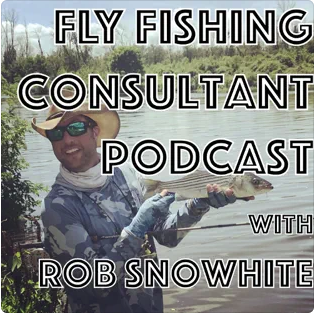The reason cited above in the last paragraph for the MD C&R in what I suppose are purely wild trout streams east of I-81 is to minimize harvest during stressful periods when larger fish are most vulnerable. But the natural stressor that they cite that would fit that criterion is drought. The others mentioned are anchor ice and high flows, neither of which would lead to greater harvest.
Pa has estimated angler use data for all months of the of the year within the allowable wild trout harvest season, including the months when drought is most likely. I could not find the actual data on Pa’s typical drought months. Perhaps someone can. In Philly, the driest time period is from the end of August until late March based on a report that I did find. Of those months, statewide wild trout harvest is only allowed in August, the month of the harvest season when angler use is exceptionally low. The estimated August angler use on the state’s wild trout streams, not just ST streams, was only 8,864 angler hours during the Pa statewide angler use and harvest study, or 3.9% of the total use for the season.
If one talks about July, then there is better estimated angler use, amounting to 16.1% of the total for the season, or 36,594 angler hrs.
Maybe it’s just me, but low flow has never made larger ST or any ST more vulnerable to me. They have been quite skiddish.
I think overall, the biggest takeaway is the line about preserving the fish being more important than harvesting the fish, especially since they stock trout with the sole purpose of harvest. Brook trout are a SGCN in MD (in PA as well) and deserve greater protections than being lumped in with stocked trout. Why not err on the side of protection w/ our only stream-dwelling native salmonid? Even if harvest is minimal, it's still one more stressor we're adding on top of the multitude of others.
I think the east of I81 zone is just 100% ST C&R 24/7/365 because they've lost so many in that region and it just makes sense to make them C&R by rule rather than split hairs by doing it by individual waters or times of year. Maybe the summer/late summer timeframe is the most stressful time, but it's just easier to say "you can't kill brook trout in eastern MD". It's a simple reg change w/ overwhelming constituent support.
To me, the west of I81 zone is more important, and probably has a greater benefit to the species overall. There, the wild ST end up in STWs in early spring when anglers are keyed in on harvesting trout. The fish in those sections are far more important than stocked trout because they're the ones moving around a lot (spreading genes and repopulating extirpated streams). So the "stressful period" in the west might be the opening of trout season, and the stress isn't environmental.
Again, do we really need to allow the harvest of a vulnerable native "trout" when we're also supplying millions of trout for the sole purpose of harvest/consumption? I know there's this idea that angling mortality is compensatory, or can be, but do we know that's true in all cases? Especially in low biomass native brook trout streams where removing a single individual from the population could theoretically cause great damage?
If not in all cases, surely it would make sense to apply it to STW since any ST that are present in those areas in early spring are likely in transit, and that life history is arguably the most important to population resiliency. If you're supplying all those trout for harvest, why do we need to also allow the harvest of ST? Especially when you add in the incidental mortality you're increasing by stocking over them. I'll mention again that what launched me into this decade-long tirade is finding 5 dead sub-legal brook trout in a stocked trout stream. It's not only about the # of fish documented to be going home on a stringer. We know their populations are highly variable, so could 5 fish in a down year represent a greater negative impact to the population than we think?
You might only need a handful of fish for some theoretical genetic diversity target, but could that vary based on overall population density? What if that one fish is carrying an important regional adaptation where the others aren't? I get that it's easier to think about this at a macro scale and to maintain the status quo, but could things be more important on a finer scale than we've assumed?
It would be one thing if there was strong evidence that ST populations are exploding in PA, even regionally, but everywhere else is documenting "significant" declines. The only actual studies I've seen in PA indicate the same (60% decline in 20 streams since 1987 on the laurel ridge for example). Not to mention we're supposed to be increasing ST populations by 8% by 2025.




